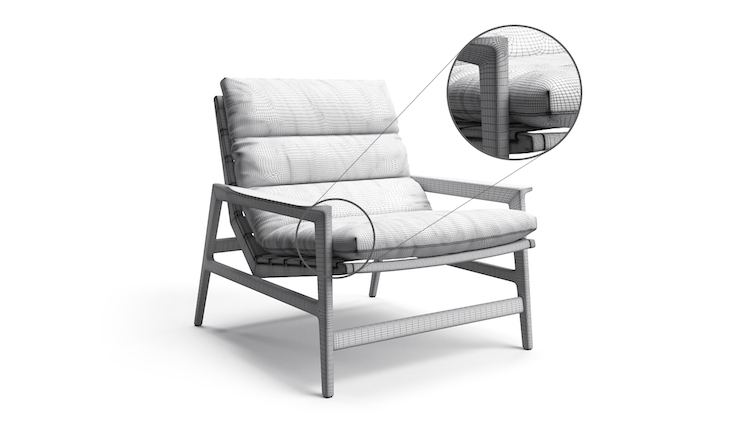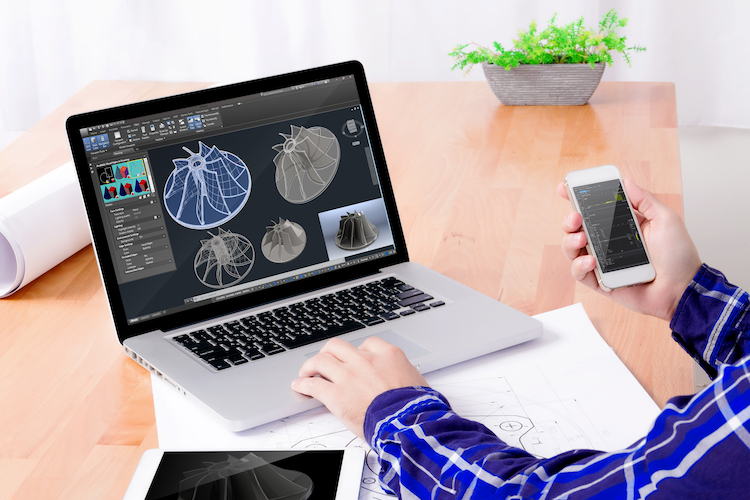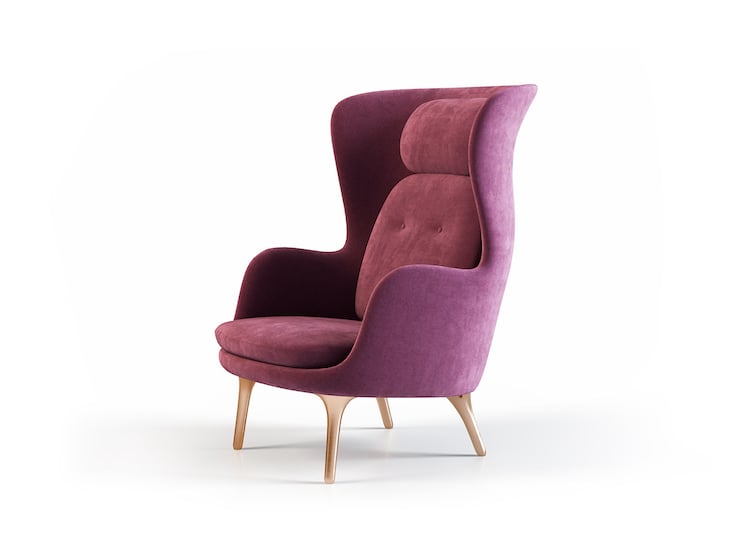3d Max Retopology
What You Need To Know About It
Many furniture manufacturers use CAD product models in their pipeline. And oftentimes, they believe the same 3D objects can be used for photorealistic visualization. But while CAD files do make good references, they cannot be used for 3D rendering as they are. Because they are not fully compatible with 3d Max — professional computer graphics software. As a result, furniture brands that outsource CGI making might hear from their contractors that the project team needs to do an extra service called 3d Max retopology.
As a 3D rendering company, we want our clients to understand why retopology is sometimes necessary. After all, it’s a process that can take a considerable amount of work, and most manufacturers know nothing about it.
So, to stay transparent and clear about our workflow, we prepared this short article, where we explain everything you need to know about retopology in 3ds Max. Using this information, you’ll know better what to expect in terms of the timeframe and cost of a 3D visualization project. Also, it’ll help you plan and manage your activities more efficiently. Now, without further ado, let’s get started!
#1. What Is Retopology?

Basically, 3d Max retopology is the process of creating a 3D model with an optimized polygon mesh. The latter is a collection of vertices, edges, and faces that determines the shape of a 3D object. If it’s not optimized, the item will have an uneven surface, incorrect geometry, and won’t be fit for texturing and rendering. Therefore, retopology is essential for getting high-quality CG visuals. Also, it’s crucial for making animation, as well as AR- and VR-ready visuals, since those types of content require optimized lightweight graphics.
#2. What Is the Result of Retopology?
In the process of retopology in 3d Max, a CG specialist uses a 3D object with an unoptimized mesh as a reference and builds a new one over it. The result of that is a 3D model with high-quality optimized mesh. Depending on the client’s requirements, it can then be used for photorealistic 3D rendering, animation, or making AR- and VR-ready 3D objects.
#3. When Do Manufacturers Need Retopology?

There are three cases when a 3D visualization project for a furniture manufacturer will involve the 3d Max retopology process. That is, when there’s a need to create a 3D model for photorealistic visualization from a CAD file or a 3D scan, and when one needs a low-poly version of a high-poly object. Now, let’s take an up-close look at those.
When There’s a CAD File and One Needs a Model for 3D Visualization

Furniture makers often use CAD files in STP or STEP formats in their production process. Those files do contain 3D models, but the algorithm of CAD software is different from that of 3d Max. As a result, CAD items will have inadequate geometry and artifacts, such as random black spots, in 3d Max. Furthermore, the surface of such 3D objects won’t be suitable for texturing.
In this case, 3d Max retopology is necessary to build a new, high-quality model with correct geometry. Then, 3D artists can use it to create photorealistic silo and lifestyle images of the item. Those kinds of CGI are perfect for ads, social media posts, catalogs, and product listings on ecommerce websites.
When There’s a 3D Scan and One Needs a Model for Visualization in 3d Max

A 3D scan is an ultra-realistic representation of a real-life object captured with specialized tools and software. However, a file like that has too much data and is incredibly heavy and difficult to manipulate. So, to use such a 3D object for visualization, one needs to create an optimized 3D model through 3d Max retopology. The final model will look 100% like the real item and will be suitable for making the types of CGI mentioned above.
When There’s a High-Poly 3D Model and a Low-Poly One Is Needed
When a furniture manufacturer orders AR- or VR-ready imagery apart from still 3D renders, 3d Max specialists need to create low-poly versions of high-poly 3D models. High-poly objects are more detailed and are used for making photorealistic still CG images. Low-poly ones, on the other hand, are necessary for creating GLB and USDZ files for AR and VR apps and platforms. They are a bit less detailed, but much more lightweight, which means they can very quickly be loaded for an interactive view.
Here, 3d Max retopology is an integral part of our workflow, where we create an optimized low-poly model using the high-poly one we made before. This process can also involve texture baking — imitation of details like fabric folds on smooth surfaces. With this technique, the final low-poly object can look almost as realistic as a high-poly one, while being incredibly lightweight.
And that’s it! Now you know everything you need about 3d Max retopology. Hopefully, this article helps you better understand the process of making CGI. With this knowledge, you’ll be able to plan your time and budget for 3D rendering projects more effectively, taking retopology for 3d Max into account. And, of course, you’ll always be on the same page with your project team, which will make the whole process of your collaboration even more delightful.
Looking for top-notch product rendering services to boost your online sales with interactive visual content and stunning images? Contact us at CGIFURNITURE and get 3D visuals of the highest quality in an unbelievably short time!






Leave a Reply
Want to join the discussion?Feel free to contribute!